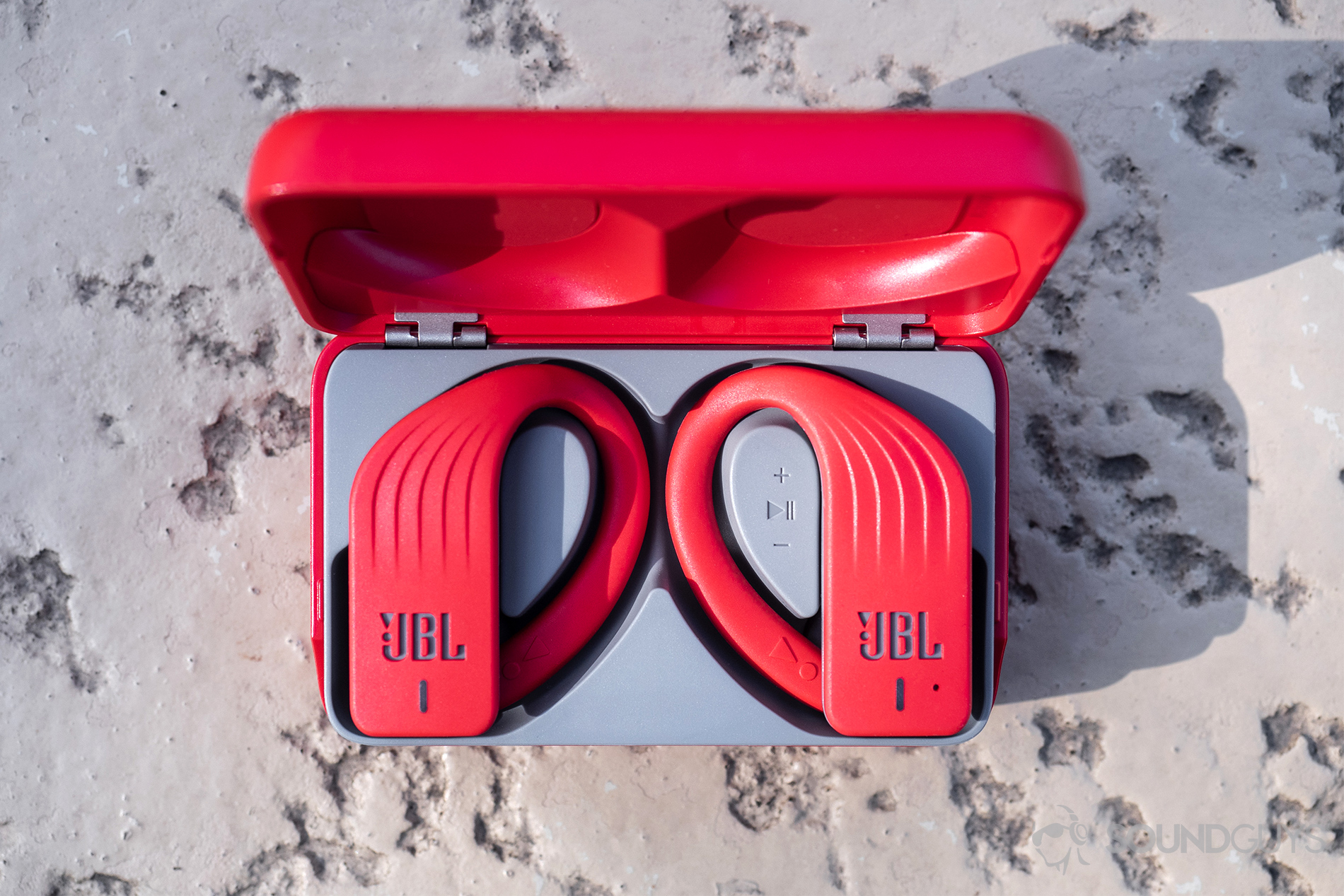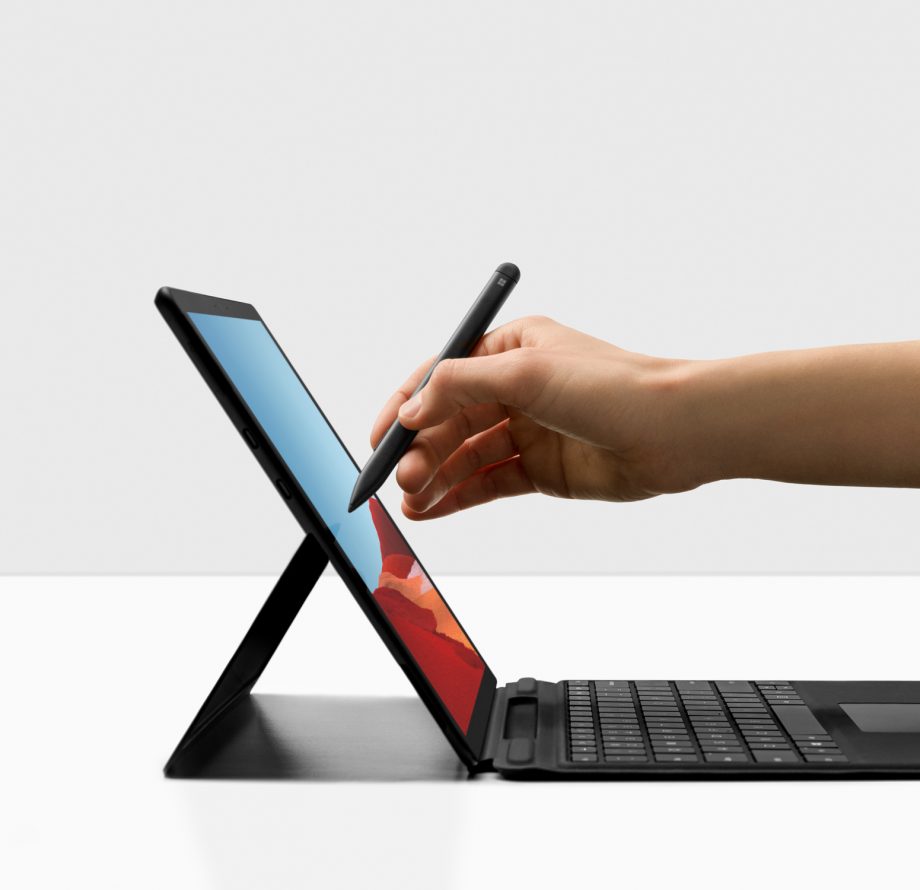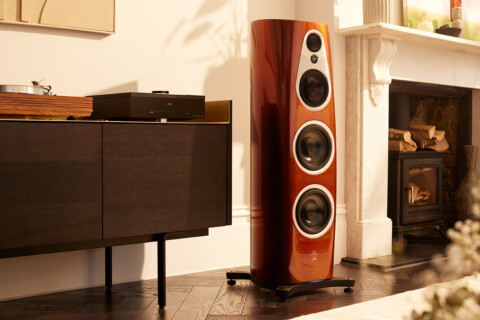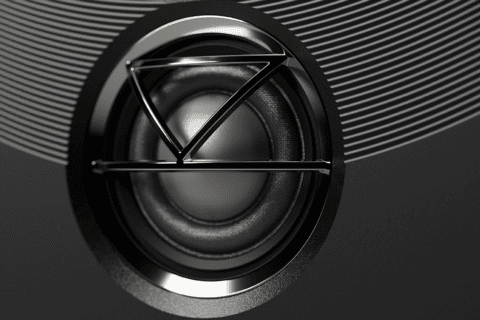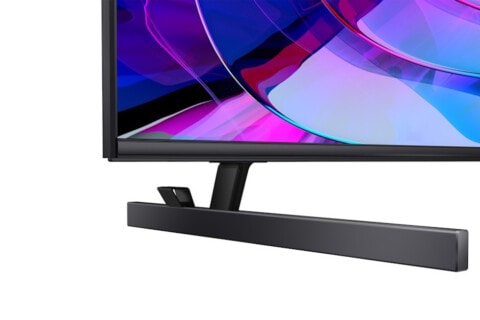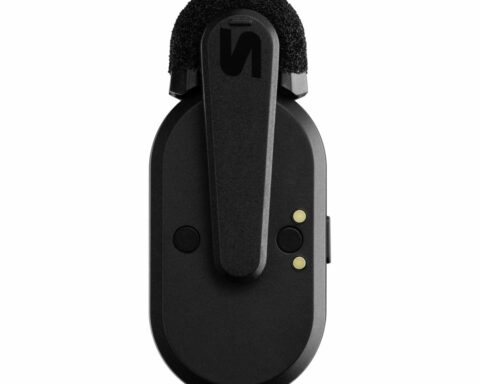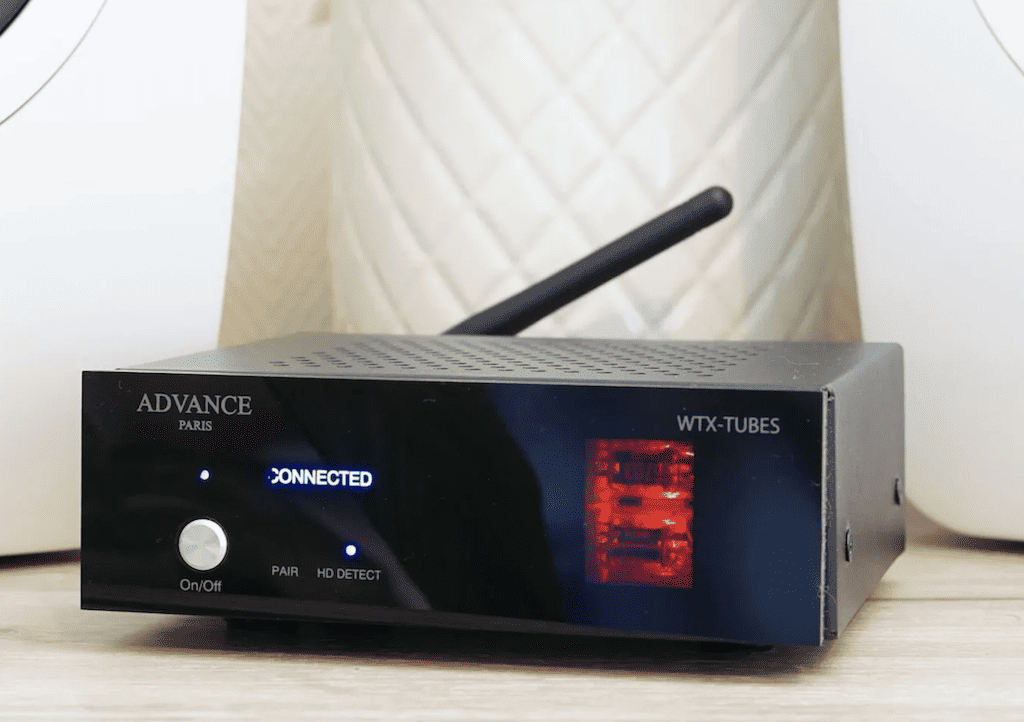PAT PILCHER spends a lot of time with little plugs gumming up his ears, so he knows what he’s talking about when he assesses the merits of the various available brands of wireless earbuds.
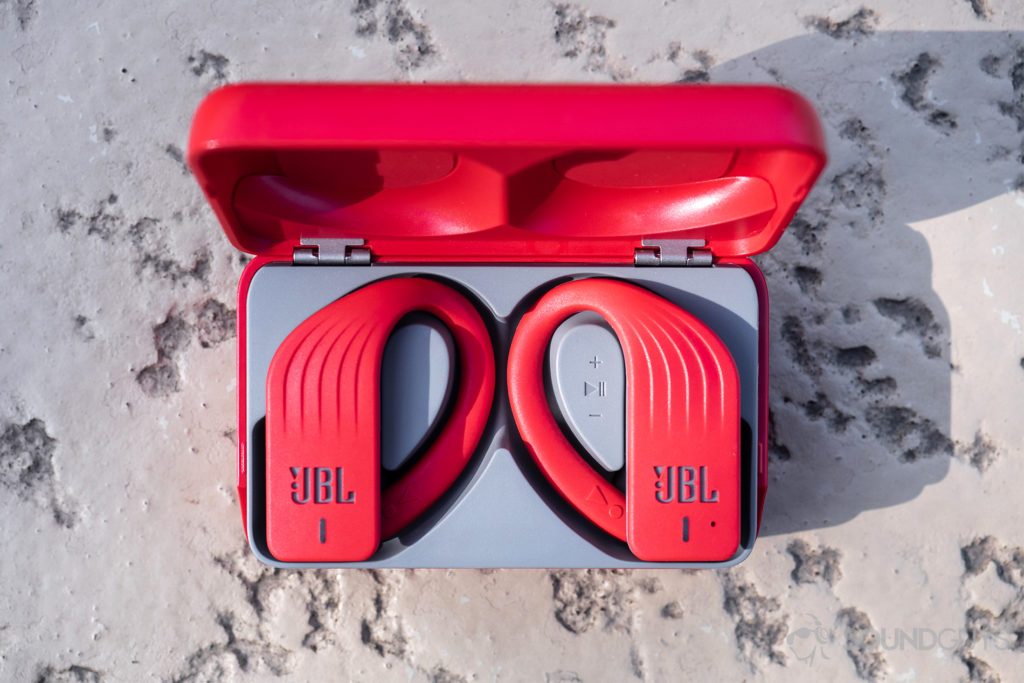
A good pair of truly wireless earbuds is hard to beat. For a start, there are no fiddly cables to untangle. Then there’s the not so inconsiderable matter of them being several bazillion times easier to carry than their significantly larger over-ear counterparts. Best of all, you don’t look like a cyberman wannabe out of a fan-made Doctor Who episode when wearing them.
I’ve scoured the land, looking high and low to find the latest and greatest in truly wireless earbuds. In testing each pair, I took a bunch of factors into account:
- Comfort – Can the buds sit securely in your lugs without being irritating and uncomfortable?
- Sound quality – This is a biggie. There’s little point in stuffing earbuds into your noggin if they deliver audio that sounds like it’s out of a brick dunny.
- Additionally, the ability to tweak audio is also highly desirable, as no two people have the same audio preferences.
- Last but by no means least, is battery life. Crafting earbuds comfy enough to wear doesn’t leave much room for batteries. Because of this, the battery life of earbuds is measured in hours rather than days.
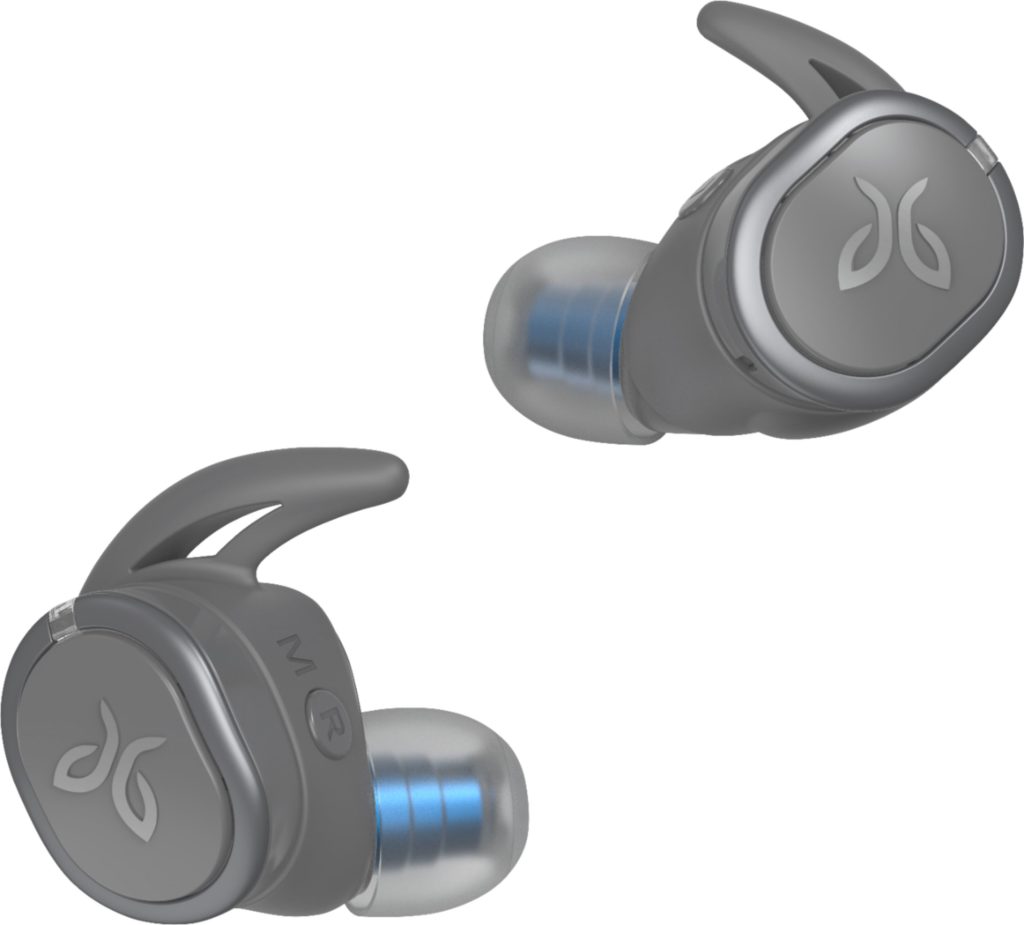
Jaybird RUN
$199
Comfort
Good earpiece design plays a big role in usability. Put simply, a wireless earbud needs to stay put. If they fall out, there’s no cord to keep them from being lost forever. Crucially, in addition to staying put, they need to be a comfy fit. The Jaybird Runs have a “fin” that hugs the upper groove of your ear which helps hold them fast. Once I’d stuffed them into my lugholes, I almost forgot they were there. They come with four sets of silicone tips in various sizes. The Run earbuds are also sweatproof and water-resistant (which is kind of handy if you’re wanting to work up a sweat at the gym/run at the park).
Sound Quality
I was pleasantly surprised by the level of detail and bass these wireless earbuds delivered. I did note that they struggled with treble-rich tracks. Complex highs sometimes sounded a little distorted. That said, they did a great job with the dialogue demanded of podcasts. And thanks to their extra comfy fit, I got through a sizeable backlog of podcasts while testing them.
Customisability
Jaybird’s mobile app provided a handy way of tweaking the Run’s audio. Their equalisation is set to flat out of the box, but a range of pre-sets allows the bass to be boosted, and equally handily, an “Extended listening” setting dropped harsh highs. You can also find audio profiles that Jaybird has created. I suspect many will choose to tweak EQ levels manually. Gym bunnies will also like that the app comes with a curated selection of Spotify playlists to help their workout along.
Battery
The stated four-hour battery-life claim was close to what I got. I managed to wring three hours and minutes out of it. This varied and was a bit longer when listening to quiet podcasts and shorter when listening to loud music. When dropped back in the battery case, the Runs lasted two to three days before it needed to get plugged in and charged.
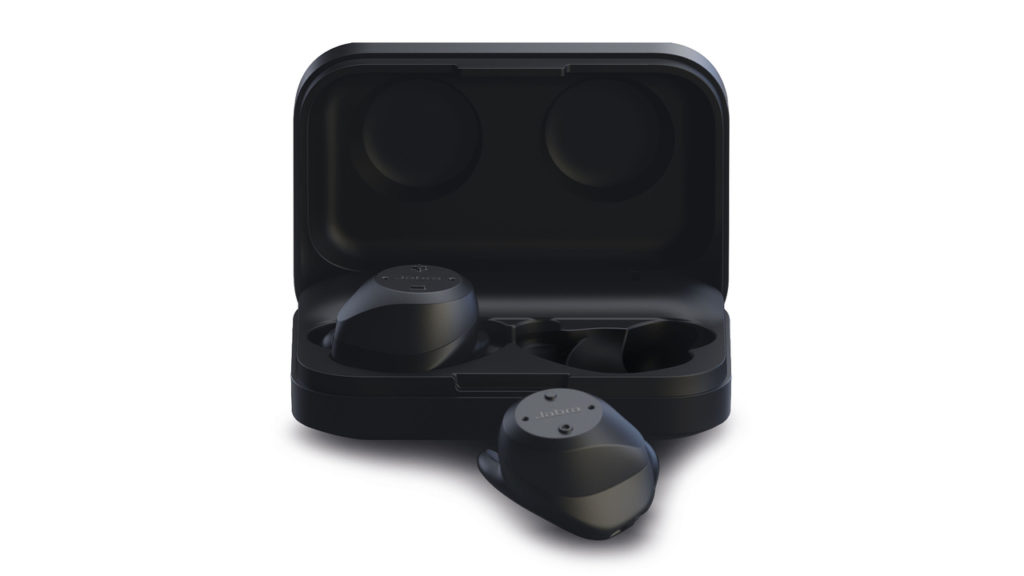
Jabra Elite Sport
$295
Comfort
The Elite Sports are not petite, but they’re lighter than they look. If you’ve got small ears this might be an issue but overall, they were a good fit with the right tips and wings (which helped with acoustic isolation).
Jabra bundles six different sets of tips and three sets of wings. Having found the right combination, I had a good fit, which saw them staying put and keeping out a good deal of external noise.
Their “sport” moniker is a bit of a giveaway, so it isn’t a big surprise that they have an IP67 rating. That rating allows the Elite Sports to be dust-proof and waterproof (up to one meter!) so runs in the rain or a particularly sweaty workout won’t do any harm. Their IP rating also handily means they could handle a wash. The buds have two buttons – the left is a volume/skip control and the right play/pause.
Sound Quality
Once I’d got a decent fit, the Sport wireless earbuds sounded great. There’s a rich and full-bodied bass on tap. Average to good mids and a detailed top end helps deliver substantial sonic detail.
When running (or just having a casual listen when walking through town), being acoustically isolated means simple chores, such as crossing the road can be dangerous. The Sports have what Jabra call a “Hear Through” feature. Built-in Microphones mean that when Hear Through is activated, you can hear the world around you. Integrated mics also mean that hands-free phone calls are doable too.
Customisability
There’s not much audio tweaking in the Jabra app, but it offers some unique capabilities. For a start, there’s a heart rate sensor. There’s also what Jabra calls a “TrackFit motion counting sensor” (which is a multi-axis accelerometer for tracking activities). The TrackFit bit allows the Jabra Sport app to track runs and intelligently tell you’re doing other workouts like cross-training. (It’ll also play nice with other apps such as Strava).
There’s also the Jabra Coach who will talk to you in real-time and crack the whip to make sure you’re getting the most out of workouts. The amount of data the Sports gather is phenomenal and includes your speed, the distance run, your pace, how many steps, your cadence, estimated calories burnt, your heart rate and VO2 levels.
Battery
When it comes to battery life, the Sports lasted four-and-a-half hours off a single charge. I was impressed to note that their battery life was consistent regardless of activity tracking/the coach being on or off. Their compact charging case charges them twice, which gives them a total of thirteen-and-a-half usable hours.
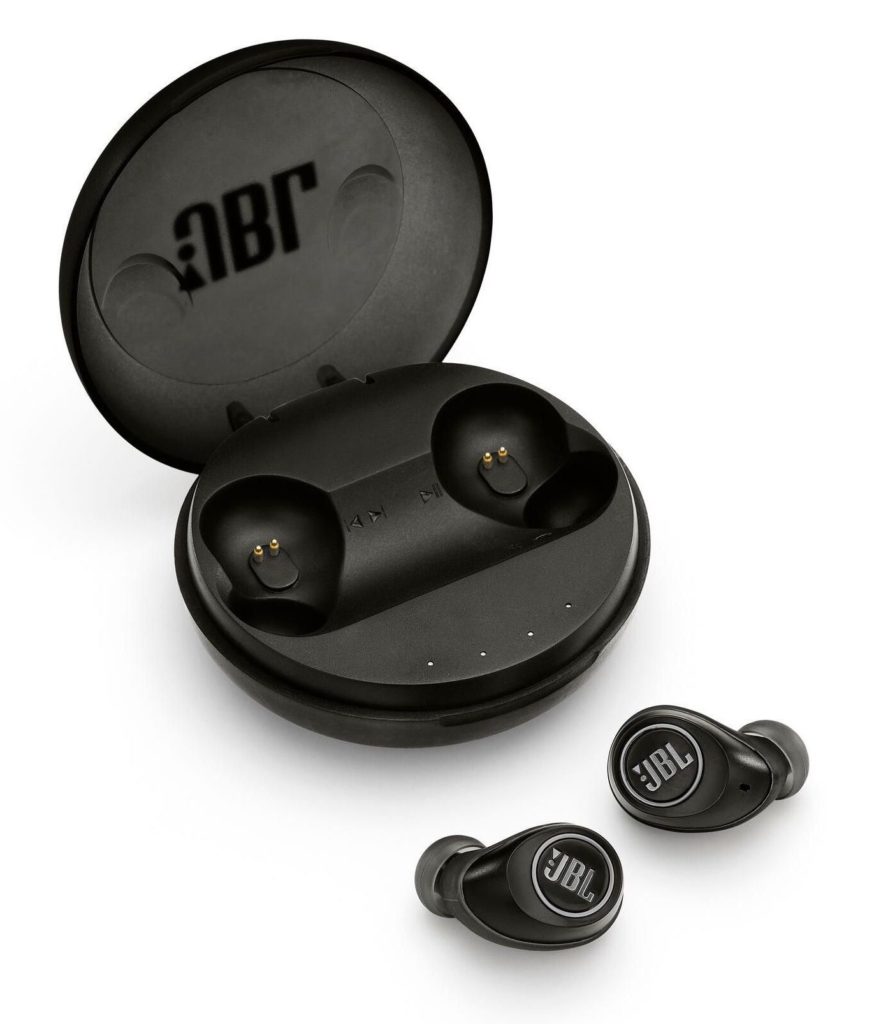
JBL FreeX
$269
Comfort
The JBL Free wireless earbuds felt loose. I was worried that they’d fall out while I was out and about. It turns out that my worries were unfounded thanks to the silicone tips which added some much-needed grip and saw them staying put. An almost organic design makes them comfy to the point that I found myself surprised I still had them in my ears. The Frees are IPX5 rated, which means they can handle sweat and rain. They’ve proved surprisingly durable.
Sound Quality
The Frees sound good in a relatively quiet, indoor environment. However, outdoors I found connectivity issues were frequent in Wellington’s CBD (which is awash with RF interference). Audio felt controlled and balanced. The Frees excelled with classical music, allowing me to distinguish woodwind from stringed instruments and so forth. While their sound was good bordering on excellent, connectivity was a distraction. For environments where there is a lot of radio interference, you may want to look elsewhere.
Customisability
There isn’t an app for the FreeX, which left me with my phone’s audio controls to tweak EQ and volume. Control-wise, the FreeX offers plenty of options. The right earbud, when pressed once, will play/pause music, while a double press fires up the Google Assistant (or Siri). A triple press pairs the earbuds. On the left bud, a single tap allows you to skip tracks while a double press skips backwards. As with the right earbud, a triple tap puts them in pairing mode. I also found that when my phone was ringing, tapping the right earbud answered the call. A built-in mic allows you to take calls, but call audio was only available on the right earbud, which I found disconcerting.
Battery
The round carry case for the JBL FreeX is easily pocketable and delivers 24 hours of use with four to five charges. When fully charged, you get four hours of playback. A real bonus is that the Frees also support fast charging. An hour of playback requires just 15 minutes of charging.

Sony WF-SP900
$469
Comfort
Their lozenge-shaped design of these wireless earbuds makes them bulkier than some of the others in this roundup, but they were not uncomfortable once inserted. I found their acoustic isolation was excellent, and I often forgot I was wearing them.
The headline feature with the WF-SP900’s is that they will work underwater. You’ll need to upload music to the 4GB of integrated storage. Doing so allows you to start music when you go for a dip as Bluetooth doesn’t work underwater.
Sound Quality
Listening to music and podcasts was fine, but not incredible. Despite tweaking the EQ via the Headphone Select app, bass lacked punch while highs lacked the same engaging levels as Sony’s WFM1000MX3 buds. While none of the other ear-gear in this roundup works underwater, that doesn’t justify their good (but not amazing audio) and steep sticker price.
Customisability
Like the WFM1000MX3 buds, WF-SP900’s wireless earbuds bat well above the others in this roundup when it comes to being able to tweak their audio. This is thanks to the rather excellent Headphone Select app, which offers up a considerable amount of audio customisability.
Battery
I got just over three hours of use. With the charging case giving them an additional two charges that equates to nine hours of total run/swim time, which is more than ample for quality poolside/in-pool tunage.
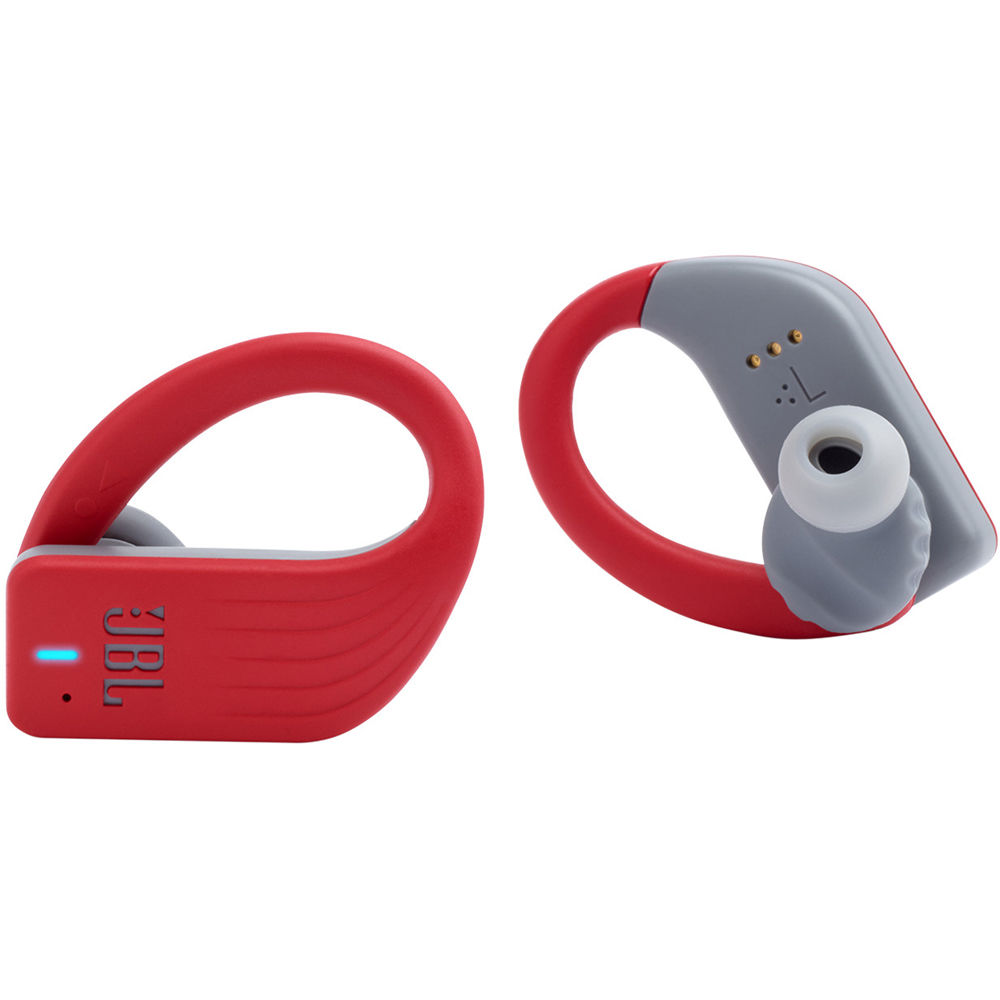
JBL Endurance Peak
$179
Comfort
The design of Endurance Peaks is a bit of a departure from the designs of most of the other earbuds in this roundup. A largish earpiece body has magnetic ear hooks that sit against the earpiece when not in use, which acts to switch the earphones off. The touch-sensitive panel is easy to operate once the earphones are securely in place, but until then, there can be all sorts of misfires with the controls. The fit was very secure. I’d imagine it’d take thermonuclear war before these earphones would even consider falling out of my ears. While the fit was tight, it was not uncomfortable, although the hooks made using sunglasses fiddly. The charging case, while bulky, also feels built to last. Flipping its lid open reveals twin charging ports for each earpiece, as well as status LEDs on the case, which show battery levels.
Sound Quality
There’s plenty of bass on offer with these wireless earbuds. The Endurance Peaks offered up surprisingly clean and tight bass. They didn’t distort at high listening levels (when doing so, I felt as if I was being hit in the head with an anvil). Their plentiful bass is balanced by detailed midrange and treble. They might look like something young fitness fanatics would use for a fix of shrill teen-pop, but they delivered classical and jazz music effortlessly. The only audio negative was with the built-in mic. It captured muddy sound and seemed distant on phone calls.
Customisability
As with the JBL FreeX’s, there’s no app for tweaking sound, but the Endurance Peak’s controls are extensive. Where most of the designs I tested had controls on both earpieces, the Endurance Peak’s controls are only on one earpiece and consist of a touch-sensitive panel. A single tap plays/pauses audio (and answers/ends phone calls), two taps will skip forward, three taps can skip backwards. Swiping Up increases volume levels and a downward swipe decreases it. Having all the controls on one earpiece might seem odd, but it made them easy to remember.
Battery
The JBL blurb says that a single full charge will give users around four hours of use. This figure proved conservative, as with a mix of podcast and music listening they added at least another 11 minutes. Best of all, their charging case gives enough charges for them to last for 24 hours of use, which isn’t too shabby at all
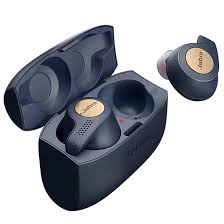
Jabra Elite 65T
$268
Comfort
After testing each of the silicon tips bundled, I settled on the largest and found that with these, the Elite 65T fit snuggly into my apples and pears with not a hint of looseness. Despite the Elite 65T’s being on the larger side of most of the earbuds I tested, they weren’t heavy and were comfy when stuffed into my dog and bears.
Sound Quality
The audio punched into my ears was accurate. Unlike most of the other buds tested, there was more emphasis on mids over bass and highs. A quick tweak of the equaliser in the Jabra app soon boosted the bottom end of the sonic spectrum.
While the audio delivered by the Elite 65T’s was accurate, testing it across a variety of musical genres showed it not to be particularly dynamic. That said, for music on the go, the audio was adequate, but there is a difference between the sound on offer with these vs Sony’s WFM1000MX3’s, which felt a lot engaging.
Customisability
The free Jabra app gives you lots of control over audio as well as letting you choose the amount of ambient noise you want. The EQ also made a significant difference to the Elite 65T’s audio. The app was dead easy to use. The equaliser was very responsive and tweaking it reflected in audio output almost instantly. In terms of their controls, the Elite 65T cans are a doddle to drive.
I particularly liked that when I took a bud out of my ear, the music paused and resumed once I put them back in my ears. Two pushes on the right earbud will pause music and fires up the built-in mic to let outside noise in (which is dead handy when being asked a question by work colleagues). The left earbuds button controls volume, freeing me from fishing about for my phone. A long push on the left earbud also allowed me to skip tracks. Phone calls were crystal clear and intelligible.
Battery
One full charge gave me just shy of five hours use. The charging case can do two recharges, which in practice equates to around 15 hours of playback. A 15-minute charge will give just under an hour and a half of life, which proved useful when I’d forgotten to charge them fully
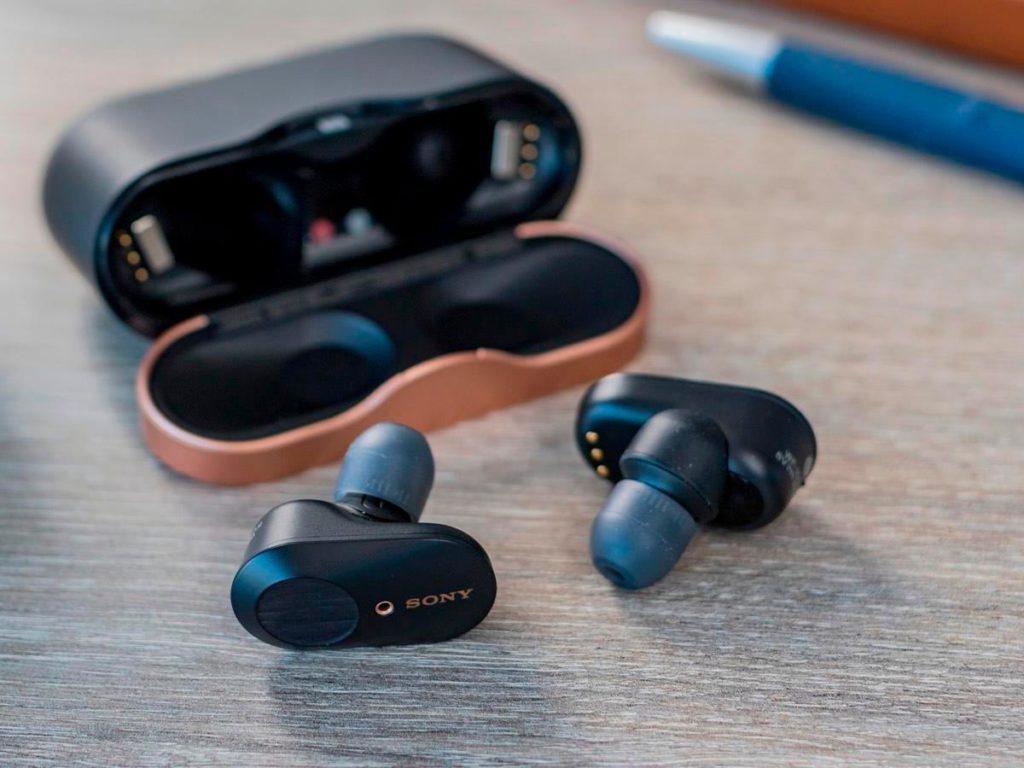
Sony WF-1000XM3
$445
Comfort
They’re a fiddle to fit at first, but once lodged in my ear canal, they stayed put. This is thanks to what Sony calls a “Tri-hold structure”. It makes sure there is contact between three points in your ear and the earbud for comfy support. This gets helped along by a high-friction rubber finish on the surface of the earbud, plus seven different silicone tip sizes. The earbuds enter your ear at a downward angle, and they need to get a small twist to lock into place. It initially seemed like a fiddle, but soon became second nature. The upside here is that acoustic isolation is excellent. The earbuds once in, gave a decent fit and were tightly lodged but didn’t feel irritating.
Sound Quality
Powering the WF-1000XM3’s is the Sony QN1e HD noise-cancelling processor. It’s almost the same as what drives the Sony WH-1000XM3 over-ear cans that Witchdoctor had given a 10/10 to. The QN1e chip gives the buds a few handy tricks. Not only is there industrial-strength noise-cancelling, but 24-bit processing DAC and analogue amplification duties are all handled by the QN1e silicon. These buds don’t have any aptX support, but the audio they crank out is very engaging and richly detailed. I’d go as far as saying that the WF-1000XM3’s rival the sound delivered by many over-ear cans. There’s plenty of subtlety and control which when combined with impressive dynamic dexterity makes these cans the pick of the bunch for sound quality, and easily justifying their $445 sticker price.
Customisability
These cans work with Sony’s Headphone Select app. It handles noise cancellation, equalisation and the sound stage.
Setting Sound Quality Mode to prioritise sound quality and enabling the DSEE HX sound processor (which upscales audio) adds a surprising amount of sparkle to music.
The control on each earpiece is a small touch-sensitive surface. I found holding the earpiece and tapping it worked best. The left pad turns the noise cancelling on/off and fires up Ambient Sound mode. Pressing it switches the buds to what Sony calls the “Quick Attention” feature, which proved very handy when flying and answering flight attendants’ questions without pausing music.
The right pad provides playback controls. One tap plays/pauses music, two taps skips forward and three backward. Tapping and holding fires up Google Assistant or Siri. Like The Jabra Elite 65Ts, removing one earbud pauses music (which resumes once the bud is reinserted).
Battery
The WF-1000XM3 wireless earbuds gave five hours and 57 minutes of playback, and their curvy charging case gives three charges, which equates to 24 hours of use. Ten minutes of charge time will provide 90 minutes of listening time. Switching off noise-cancelling sees battery life jump to eight hours (or 32 hours with charging case).

